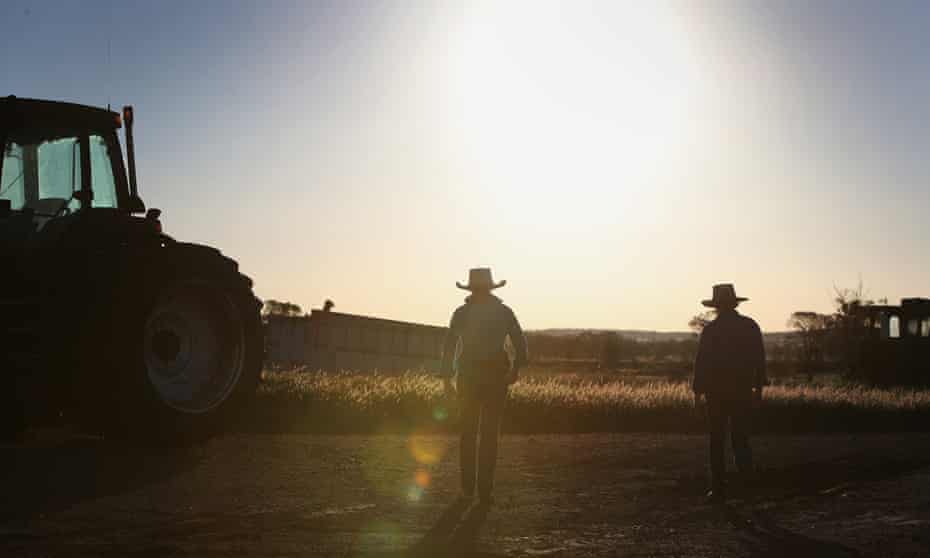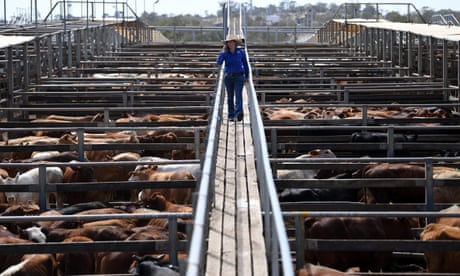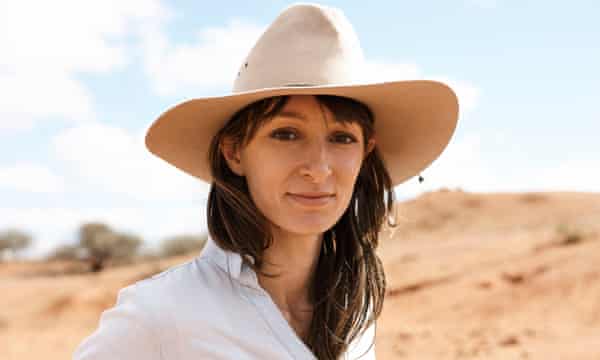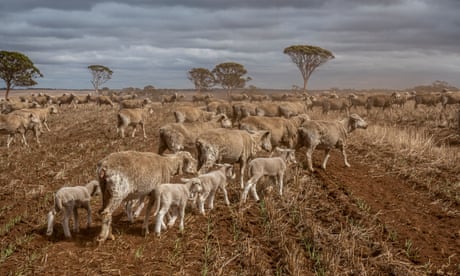Extract from The Guardian
Watching your land wither before your eyes is gut-wrenching, so we’ve been listening to the science and responding. But we can’t do it alone.

Last modified on Thu 21 Oct 2021 23.54 AEDT
Just so we’re clear: rural Australians are not the backwards-looking, climate denying hicks some of our political “representatives” make us out to be.
But if I wasn’t embedded in the farming community and living in rural Australia, I would probably be cursing people like me too. The narrative coming from some politicians has the propensity to make one believe that rural Australians are as uneducated and unaware as the duelling banjo players from the movie Deliverance.

However, the rural Australians that I know, and the farmers that I hang out with, definitely don’t fit this bill. Those that I am honoured to call my colleagues and friends, are honest, hardworking, salt of the Earth people, who spend their days growing food and fibre to feed and clothe our nation and those beyond our borders. And they also get climate change.
It’s actually hard not to accept the science when you see it playing out in real time. Season after season, year after year, records are smashed with high temperatures, low rainfall and more devastating flood and bushfire events. BoM data reveals Australia experienced 10 times more extreme fire danger days in the 2010s that it did in the 1960s (143 v 14).
But it’s the droughts that really get to me in far western New South Wales. Watching your land and livelihood wither before your eyes is gut-wrenching. It’s as though someone sucker punches you every time you step outdoors. There are places on my family farm that I refused to visit during the dry years because I couldn’t bear to see it in such a state. Ancient trees, hundreds of years old, dying en masse. These species have evolved over millennia to the harsh outback environment, but even for them, it is now becoming too dry. Modelling by the CSIRO shows annual basin inflows have almost halved in the past 20 years.
To stand up for rural Australia means to act on climate change now
This disruption to the climate has very real impacts on farmer livelihoods. The health of our businesses is completely dependent on the health of the natural world. It becomes impossible to grow crops when water allocations evaporate as fast as river systems. It becomes financially infeasible to hand-feed livestock when dust storms blow away vegetation in the paddock. Abares research has found the average Australian farmer is losing $30,000 a year already due to climate change.
Not only is delayed climate action causing severe environmental and livelihood damage, but it is also causing serious reputational damage. The most prominent political climate laggards in this country continue to use rural Australians as their scapegoat. They say that it is because of us that they cannot commit to a net zero target.

Anika Molesworth
Yet, when I look around rural Australia and the farming community, I see how far ahead of our representatives we in truth are. For instance, the National Farmers Federation is calling for an economy-wide net zero target by 2050. The meat and livestock sector has self-imposed a net zero target by 2030. Farmers for Climate Action, the leading Australian farming body fronting up to the climate challenge and representing more than 6,500 farmers, is calling for the prime minister to make ambitious cuts by 2030 – a 74% reduction in emissions on 2005 levels by 2030.
And for us in the regions, it’s not catchcries and empty promises. We’re actually getting on with the task at hand. Solar panels are rolling out along grapevines and swaying wheat fields. Sheep and cattle contentedly graze under slow turning wind turbines. We’re getting off dirty fossil fuels and embracing clean renewable energy. We are reducing livestock methane emissions with selective breeding and feed supplements. We are improving soil and vegetation management to keep more carbon where it belongs – in soil and plants, not in the atmosphere. Rural Australians are listening to the science and are responding. But we can’t do it alone.

The rate and scale of climate change means we need to act together, and we need to act quickly. Good climate policy helps us to increase productivity and profitability with targeted research and investment. Opportunities emerge as the world shifts to low carbon markets. This ensures we have vibrant and productive rural communities and economies long into the future.
If our political representatives really care about building strong regional economies, supporting communities and ensuring a sustainable environment, then they need to stop using us as their scapegoat and actually recognise what damage climate inaction is doing, and what opportunities are just within our grasp. To stand up for rural Australia means to act on climate change now.
No comments:
Post a Comment